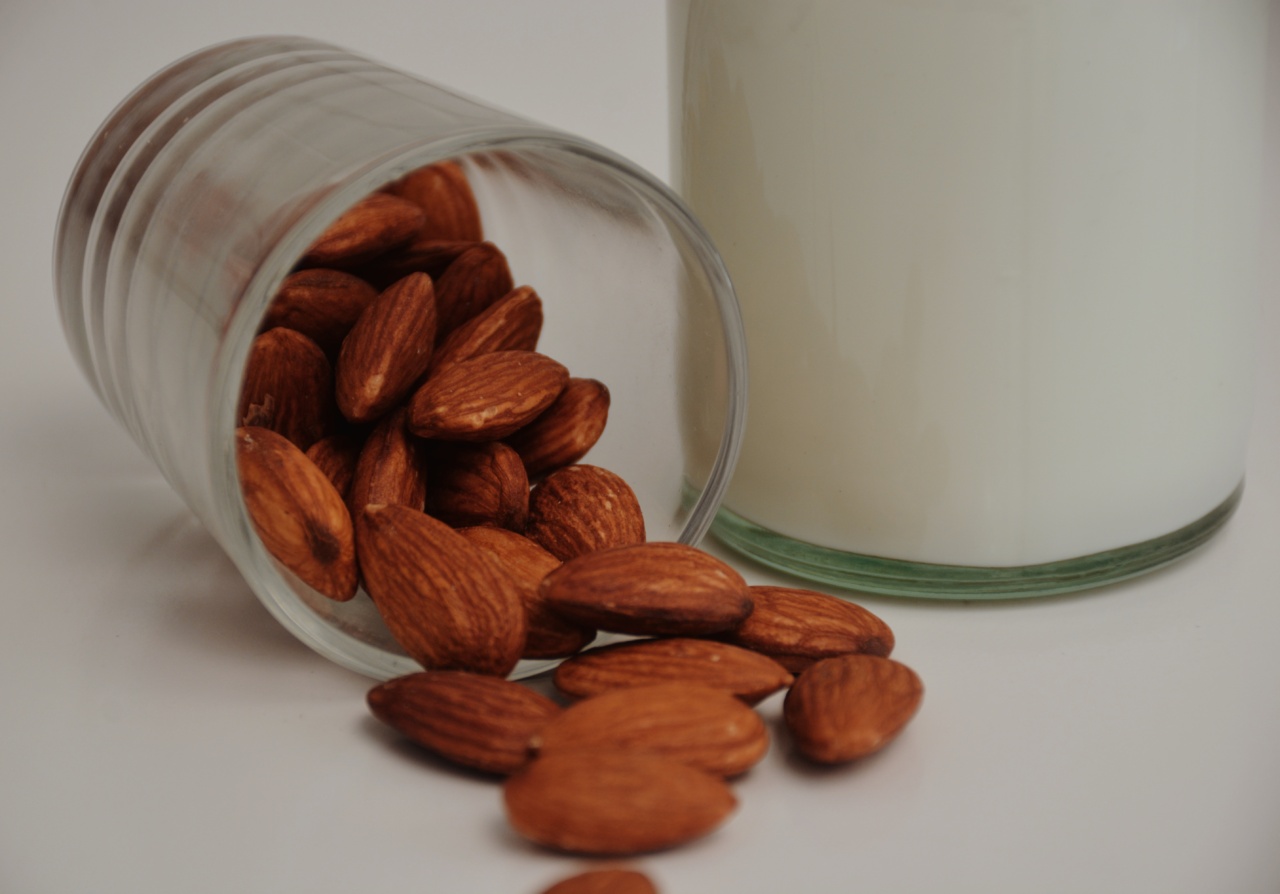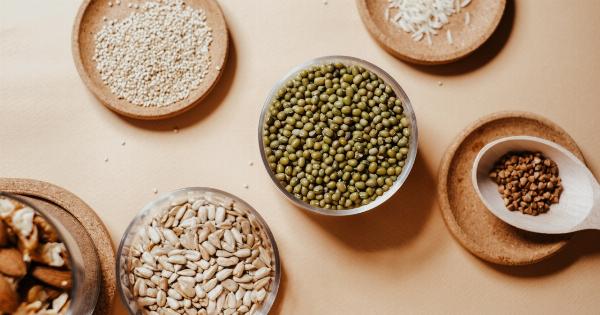Milk has long been a staple in many people’s diets, providing essential nutrients like calcium and protein.
However, with the variety of milk options available on today’s market, the choice between lean or whole milk can be a daunting decision. In this article, we will explore the differences between lean and whole milk, their nutritional profiles, and the potential health benefits and drawbacks of each.
By the end, you’ll have a clearer understanding of which type of milk is best suited to your dietary needs.
What is lean milk?
Lean milk, also known as low-fat milk, is a popular choice among health-conscious individuals. It contains a lower percentage of milk fat compared to whole milk, typically around 1% to 2% fat content.
The reduction in fat gives it a lighter consistency and a slightly blander taste compared to its whole milk counterpart.
What is whole milk?
Whole milk, as the name suggests, is milk that has not undergone any fat separation, thus containing the full amount of natural milk fat. It typically contains around 3.5% fat, lending it a richer flavor and creamier texture compared to lean milk.
Whole milk is often preferred for its taste and is a key ingredient in various culinary preparations.
Nutritional comparison
When it comes to nutrition, lean milk and whole milk offer different benefits. Here’s a comparison of their nutritional profiles:.
Protein content
Both lean milk and whole milk are excellent sources of protein, which is essential for muscle growth, repair, and overall body functions.
A cup (240 ml) of lean milk provides around 8 grams of protein, while the same amount of whole milk contains slightly less, approximately 7.7 grams of protein. However, the difference is minimal, and both types contribute significantly to meeting your protein requirements.
Calcium content
Calcium is vital for maintaining strong bones and teeth. In terms of calcium content, whole milk trumps lean milk.
A cup (240 ml) of whole milk provides around 276 milligrams of calcium, while the same amount of lean milk contains approximately 250 milligrams. Although the discrepancy is not substantial, individuals with higher calcium needs, such as adolescents or the elderly, might benefit from opting for whole milk.
Vitamin content
Both lean milk and whole milk are fortified with essential vitamins, including vitamin D and vitamin A. However, the quantities may differ due to varying fat content.
Whole milk contains more vitamin D compared to lean milk, as fat facilitates the absorption of this fat-soluble vitamin. On the other hand, lean milk is often fortified with vitamin A to compensate for the reduced natural vitamin A content resulting from the fat removal process.
Fat content
The most noticeable difference between lean milk and whole milk lies in their fat content. As mentioned earlier, lean milk typically contains 1% to 2% fat, while whole milk contains around 3.5% fat.
If you are watching your fat intake, lean milk may be a more suitable option, as it has significantly less saturated fat than whole milk. However, it is worth noting that moderate consumption of whole milk, within your recommended daily calorie intake, can still be part of a healthy diet.
Taste and culinary uses
One of the factors that sets lean milk and whole milk apart is their taste.
Whole milk, with its higher fat content, has a noticeably richer and creamier taste, making it a preferred choice for drinking on its own or adding to recipes like creamy sauces and desserts. Lean milk, on the other hand, has a lighter taste and is well-suited for those who prefer a less pronounced milk flavor. It is often used in recipes where a lighter consistency is desired, such as smoothies or soups.
Health considerations
When deciding between lean milk and whole milk, it is essential to consider your overall health goals and dietary needs. If you are aiming to reduce your overall fat intake or are counting calories, lean milk may be a better option.
It offers a lower fat content while still providing essential nutrients like protein and calcium. Whole milk can be enjoyed in moderation, especially if you have higher energy needs or are looking to incorporate more healthy fats into your diet.
Conclusion
In the debate of lean milk versus whole milk, there is no definitive winner as the choice ultimately depends on individual preferences, dietary goals, and health considerations.
Lean milk provides a lighter, low-fat option that still delivers essential nutrients, while whole milk offers a richer taste and greater versatility in culinary applications. By understanding the differences between the two types of milk and considering your own needs, you can make an informed decision to best suit your lifestyle.





























